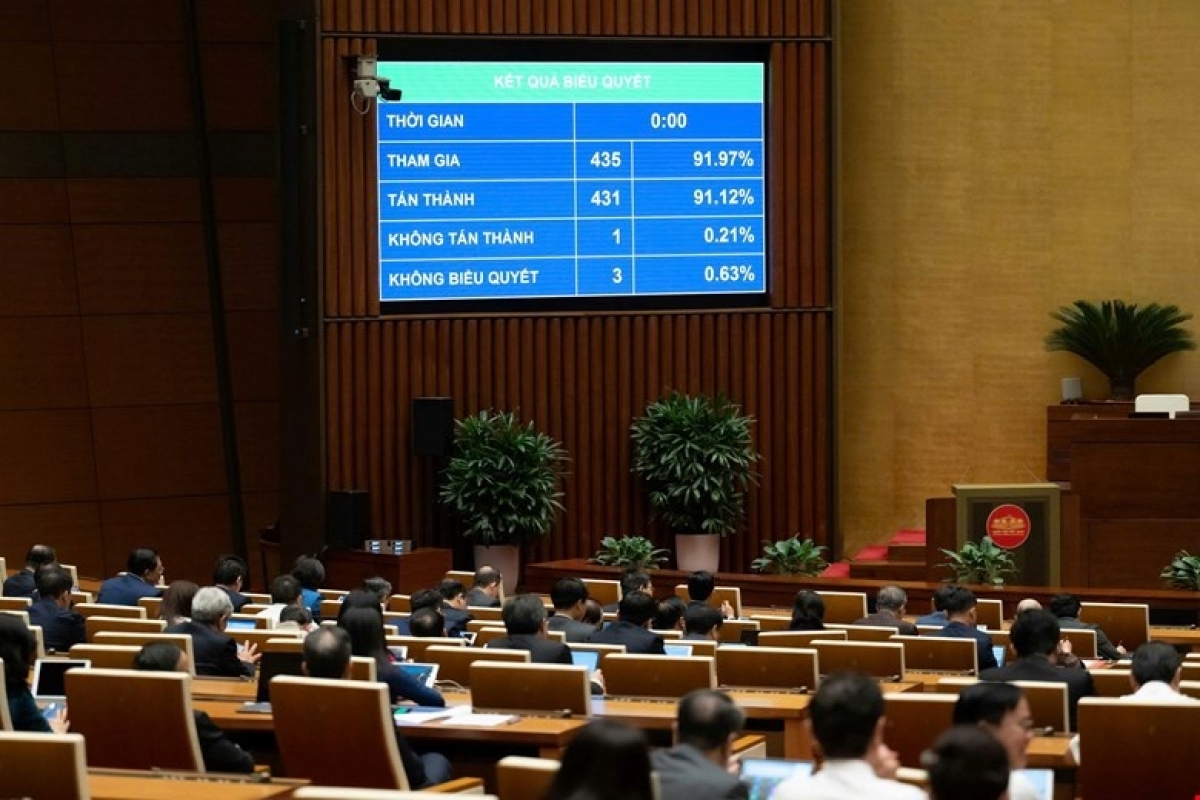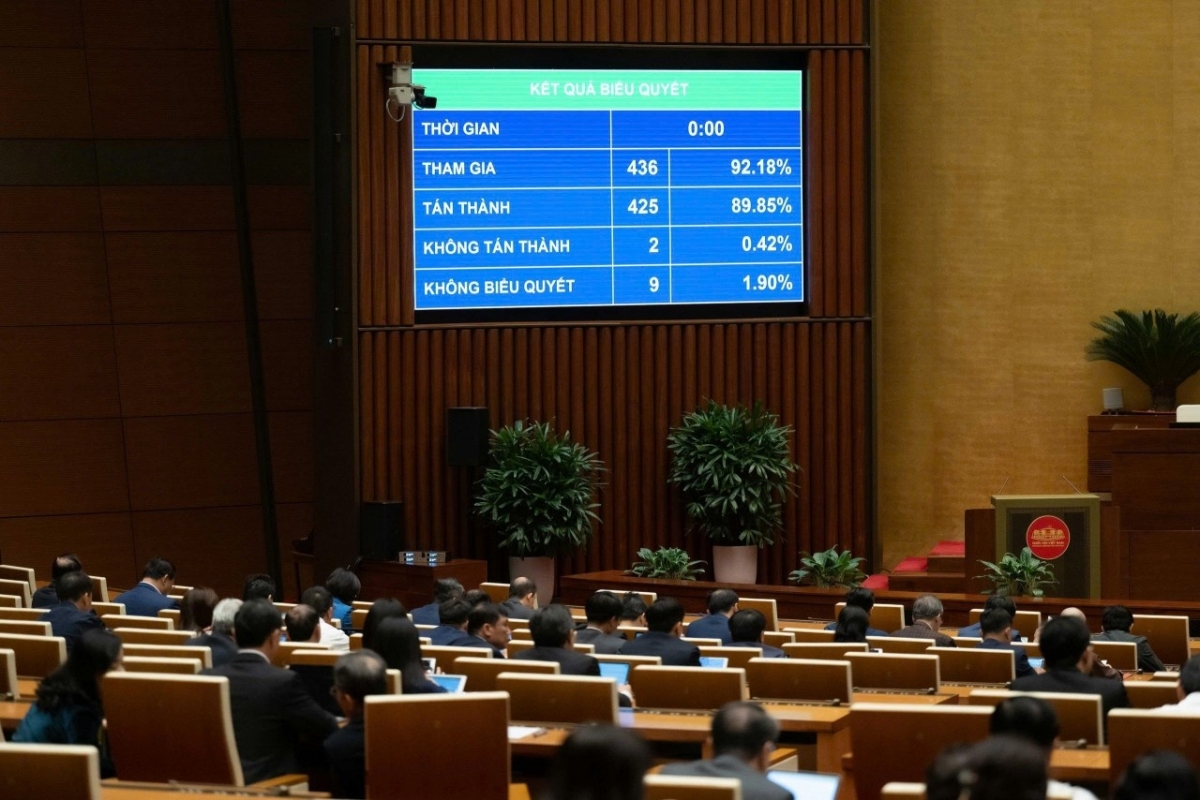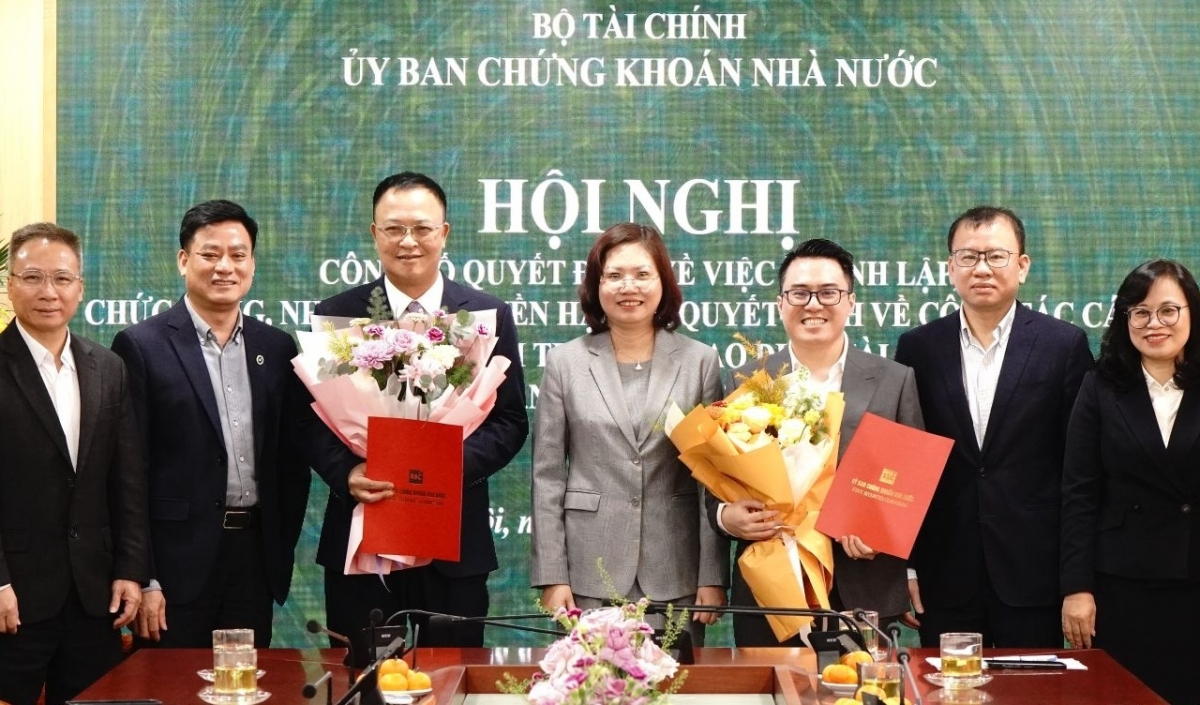INTERNATIONAL INVESTMENT
AND PORTAL
 Luke Treloar-Partner, head of Global Strategy (left), KPMG and Ngan Vo - Associate director, Deal Advisory, KPMG
Luke Treloar-Partner, head of Global Strategy (left), KPMG and Ngan Vo - Associate director, Deal Advisory, KPMG
Over this time, Vietnam has grown in its relevance to leading international healthcare investors. As the world emerges from the pandemic to a so-called new normal, an opportunity exists for Vietnam to take an industry-leading role.
Vietnam is growing in its appeal as a destination for international healthcare investors and foreign direct investment is expected to expand in the coming years with the country’s continued international integration.
A recent KPMG market survey of country-head level pharmaceutical executives found that almost all respondents indicated a desire to ‘expand’ or ‘significantly expand’ in-country investment, if regulatory and market access challenges are eased.
As other markets struggle to find a pandemic endgame, Vietnam has a unique opportunity to position itself as a hub for innovative healthcare in Southeast Asia, unlocking tremendous social and economic value for patients, the government, and the domestic healthcare industry.
If done right, Vietnam will have expedited access to the latest pharmaceutical medicines, reducing total treatment times, improving clinical outcomes, and reducing overall treatment costs for patients.
Pharmaceutical companies operating in Vietnam have made meaningful steps to close access gaps through expanded patient support programmes that provide critical pharmaceuticals to thousands of patients who otherwise would not have them. This is important momentum, but more social value can be unlocked through expanded collaborations.
There is an uphill battle toward improvement, but Vietnam is not alone in its journey. Multinational corporations have expressed interest in cooperating with the government to enhance regulatory frameworks and strengthen the infrastructure needed to achieve healthcare-related development goals, advance health access, and improve sustainable health financing.
Government support and mutually beneficial collaboration is a powerful catalyst to spur industry growth that will create benefits for the wider economy.
KPMG calculations estimate the local pharmaceutical industry, depending on policy decisions made now, could add nearly $30 billion to GDP by 2040, over its current economic contributions. While the innovative pharmaceutical sector therein could contribute as much as an additional $20 billion to GDP by the same time.
Employment in the high value-adding pharmaceutical sector will grow with industrial output. Currently, employment in the innovative pharmaceutical industry is likely to grow at 2.7 per cent, reaching over 13,000 by 2040. With concentrated efforts to facilitate industry growth and policy support, employment in this sector could reach several multiples of this value. Considering the indirect and induced economic impact, total job creation could reach well into the hundreds of thousands by 2040.
Intangible benefits also come with investment in innovative pharmaceuticals. Particularly through the development of advanced industry knowledge that will permeate throughout the broader health industry, enhancing human capital in the country.
A thriving domestic innovative pharmaceutical industry will create significant non-monetary benefits as well. Comparable markets to Vietnam such as Ireland, South Korea, and Singapore saw a rise in industry competitiveness through the support of domestic capabilities and venture funds that helped develop entrepreneurial ecosystems for med-tech startups.
Indigenous startups will play a significant role in establishing Vietnam’s next-generation healthcare and solidifying its position as a hub of innovation in Southeast Asia.
Research and development (R&D), particularly later-stage clinical trials, will be key to advancing Vietnam’s indigenous innovative pharmaceutical industry. In a recent survey of global pharmaceutical leaders with significant in-country operations, KPMG found that, given the right market environment, Vietnam could attract between 1-2 per cent of their global R&D spending.
This level of spending would provide an additional source of funding and technology transfer to public hospitals, as well as help the government achieve its broader industry development goals.
Manufacturing drugs within Vietnam is a strategic goal of the government. The country has set the ambitious target of producing 80 per cent of drugs by volume domestically in the near term. If Vietnam is able to reach international manufacturing standards at such a volume, it could be well positioned to become a manufacturing export hub for Southeast Asia. Vietnam’s pharmaceutical exports could reach $920 million to $2.2 billion by 2040, while growing at a rate of 10 per cent compounded annually – if government support continues and improvements are made to existing policy framework.
As an emerging economic player, Vietnam has an opportunity to study the stories of successful models and apply them with Vietnamese characteristics. This country is an attractive investment destination for multinationals that seek to work with the government to make Vietnam as competitive as possible by lending their global experience and investing their foreign capital.
The market offers attractive macroeconomic potential, which can be unlocked through mutually-beneficial collaborations. Doing so will accelerate Vietnam’s development, improve the lives of patients, and position the country as a future innovation investment hub.
*The views and opinions expressed are those of the authors and do not necessarily represent the views and opinions of KPMG Vietnam.



















